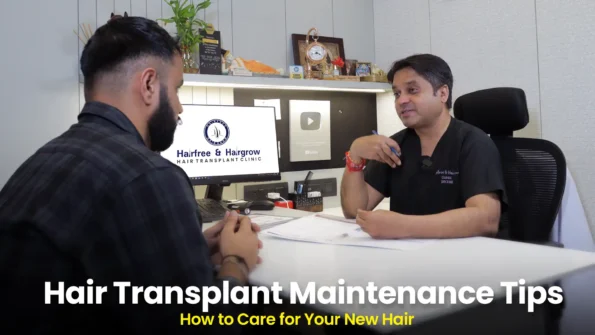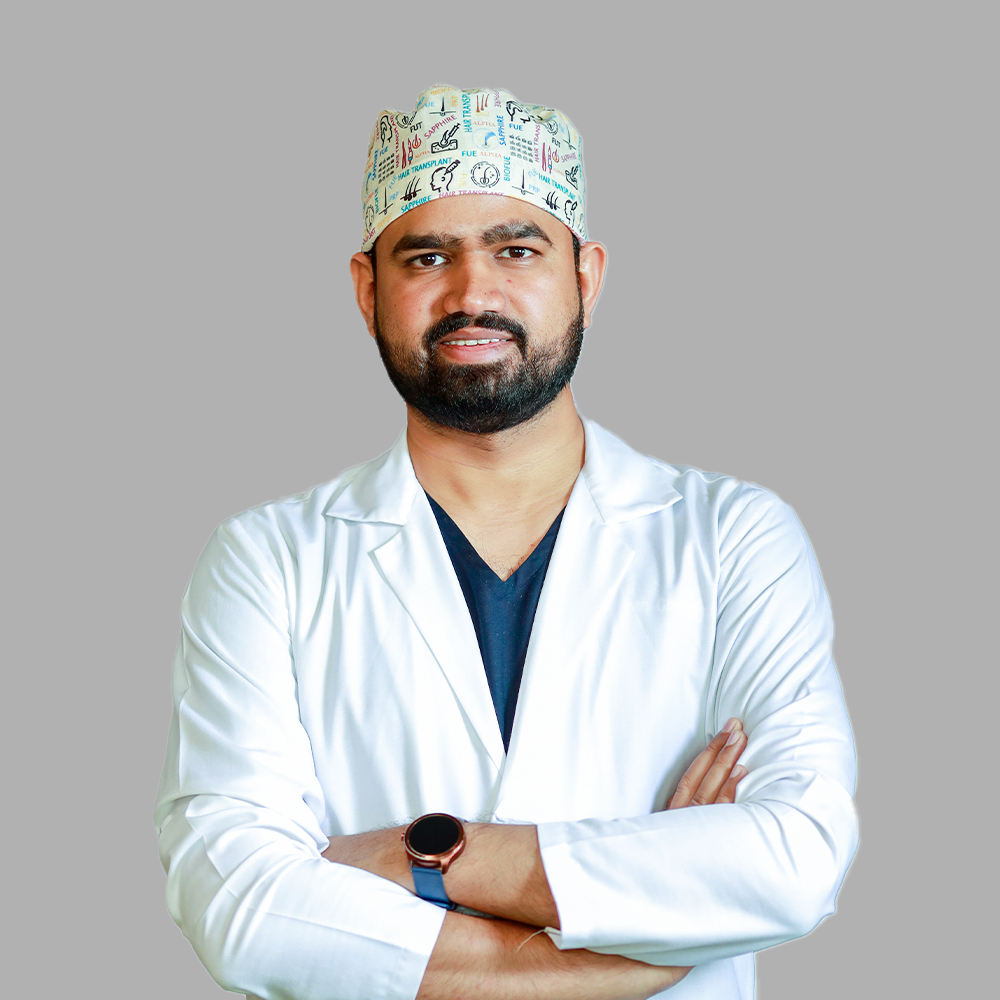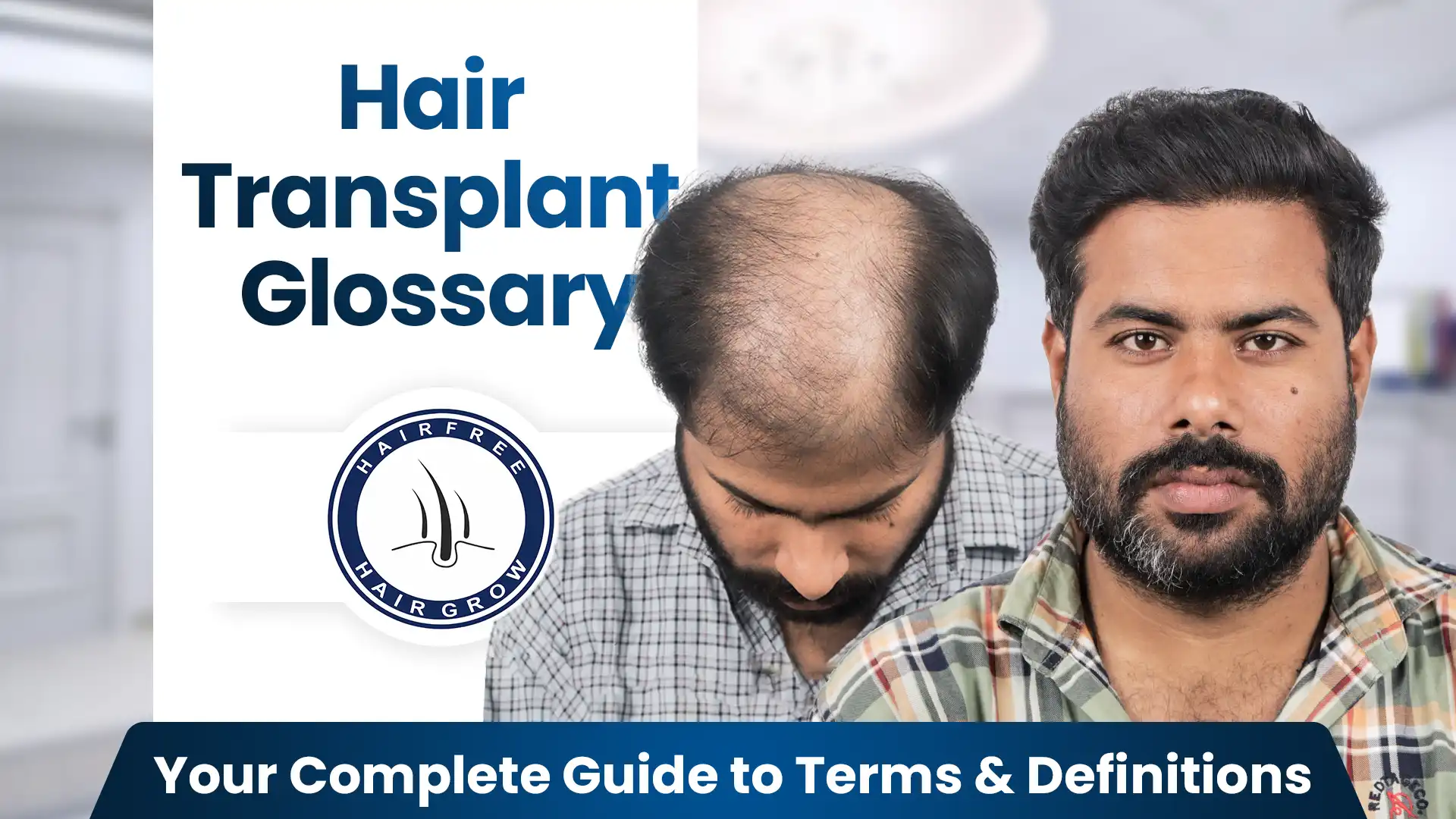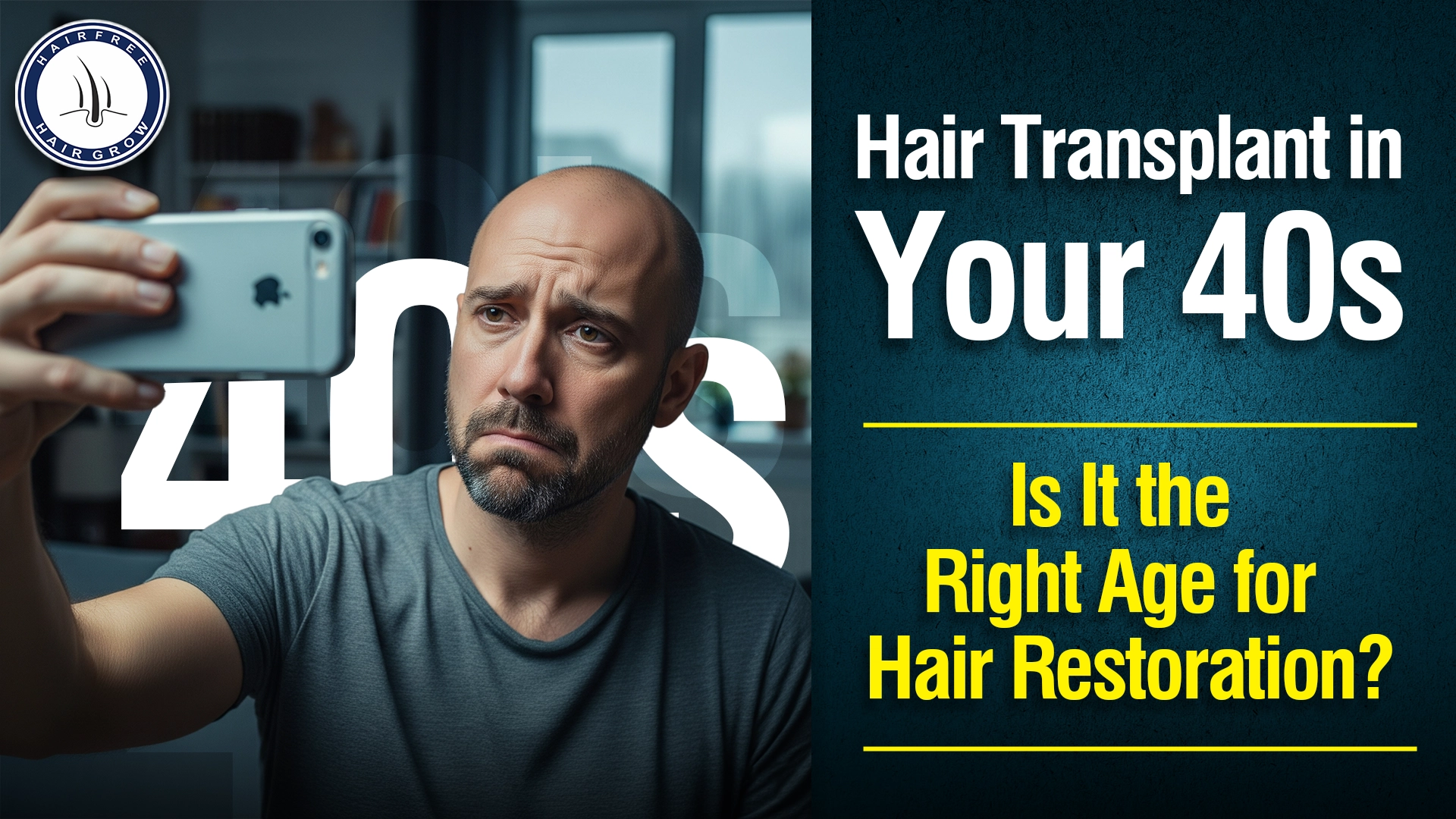Congratulations! You’ve taken a significant step towards regaining your confidence with a hair transplant at Hairfree Hairgrow. The surgery is the first, crucial part of your journey, but the success of your long-term results truly lies in what comes next: proper hair transplant maintenance and aftercare.
Think of your new hair grafts as delicate seeds that have just been planted. To ensure they grow into strong, healthy hair, you need to provide the perfect environment. This guide will walk you through everything you need to know to protect your investment and enjoy a lifetime of fantastic results.
Phase 1: The Immediate Aftercare (The First 14 Days are Critical)
The first two weeks post-surgery are the most crucial for graft survival. Your primary goal is to protect the recipient area from any physical contact, pressure, or infection.
1. Sleeping Position is Key
For the first 7-10 nights, you must sleep with your head elevated at a 45-degree angle. This simple step is vital to minimize swelling on your scalp and forehead.
- How: Use two or three pillows or a recliner chair.
- Why: It helps with blood circulation and prevents the newly implanted grafts from touching any surface, which could dislodge them.
2. The Art of Washing Your Hair
Washing your hair post-transplant can be nerve-wracking, but it’s essential for keeping the area clean and free of scabs.
- First Wash: Usually done at the clinic 2-3 days after your procedure. Our team at Hairfree Hairgrow will guide you through this.
- At-Home Washing: Use the prescribed medicated shampoo. Don’t apply it directly. Instead, create a lather in your hands and gently dab it onto the scalp. Rinse using a cup of lukewarm water with very low pressure. Do not stand directly under the showerhead.
- Drying: Pat the donor area gently with a soft towel and let the recipient area air dry.
3. Managing Scabs and Itching
Scabs will form around each graft, and itching is a normal sign of healing. It is absolutely crucial that you do not scratch or pick at the scabs.
- To Relieve Itching: Use a saline spray provided by your surgeon. Gentle, regular washing will also help the scabs fall off naturally within 7-14 days.
Phase 2: The Growing Phase (2 Weeks to 3 Months)
Once the initial healing is over, your focus shifts to creating the optimal environment for growth.
1. Sun Protection is Non-Negotiable
Your scalp will be sensitive and prone to sunburn.
- What to do: Avoid direct, prolonged sun exposure for at least the first month. When you do go out, wear a loose-fitting hat that doesn’t put pressure on the grafts. Sunscreen can be applied only after the scalp has fully healed (usually after 3-4 weeks).
2. Resuming Physical Activity
Sweat can increase the risk of infection in the early days.
- First 2 Weeks: Avoid all strenuous exercise, gym workouts, and any activity that causes excessive sweating.
- After 2 Weeks: You can slowly reintroduce light exercises.
- After 4 Weeks: Most patients can resume their normal workout routine, but always consult with your surgeon at Hairfree Hairgrow first.
3. Be Patient with the “Shedding Phase”
This is the part that worries many patients, but it’s completely normal. Between 3 to 6 weeks after your transplant, you may notice the newly transplanted hairs falling out. This is called “shock loss.” Do not panic! This is just the hair shaft shedding, while the follicle remains safely embedded in your scalp, preparing to grow new, permanent hair.
Phase 3: Long-Term Maintenance (3 Months and Beyond)
Your hair transplant results are permanent, but maintaining the health of your scalp and non-transplanted hair is key to a seamless, natural look for years to come.
1. A Hair-Healthy Diet and Hydration
What you eat directly impacts your hair health.
- Eat This: A balanced diet rich in protein, iron, zinc, and vitamins (A, C, D, E, and B-complex). Think eggs, spinach, fish, nuts, and avocados.
- Drink This: Plenty of water throughout the day to keep your body and hair follicles hydrated.
2. Medical Support for Non-Transplanted Hair
A hair transplant restores hair to bald areas, but it doesn’t stop potential future hair loss in other areas. To maintain your overall hair density, your doctor may recommend:
- Minoxidil: A topical solution that can help stimulate growth and strengthen existing hair.
- Finasteride: An oral medication that helps to block the hormone (DHT) responsible for male pattern baldness.
- PRP Therapy: Platelet-Rich Plasma (PRP) treatments at Hairfree Hairgrow can be an excellent way to boost healing and stimulate follicles for thicker, healthier growth.
3. Gentle Hair Care and Styling
Once your new hair has grown in (usually around 6-9 months), you can treat it as your normal hair.
- Products: Use gentle, sulfate-free shampoos.
- Styling: You can cut, style, and even colour your transplanted hair. However, it’s wise to avoid harsh chemical treatments for the first 6 months.
The Hairfree Hairgrow Promise
Your hair transplant journey doesn’t end when you leave our clinic. We are your partners in achieving and maintaining the best possible results. Following these post-transplant care instructions is your part of the deal, and our part is to be here to support you at every step.
If you have any questions or concerns during your recovery, never hesitate to contact us. Your peace of mind and excellent results are our top priorities.
Written By
MD (Skin & VD)
Dr. Kiran Chotaliya is a renowned hair restoration expert specializing in Hair Transplant Maintenance Tips. With years of experience, he guides patients on proper care, recovery, and long-term strategies to preserve results and ensure healthier, stronger hair after transplant procedures.
Disclaimer
We’ve made all possible efforts to ensure that the information provided here is accurate, up-to-date and complete, however, it should not be treated as a substitute for professional medical advice, diagnosis or treatment. See Detailed Disclaimers Here.





